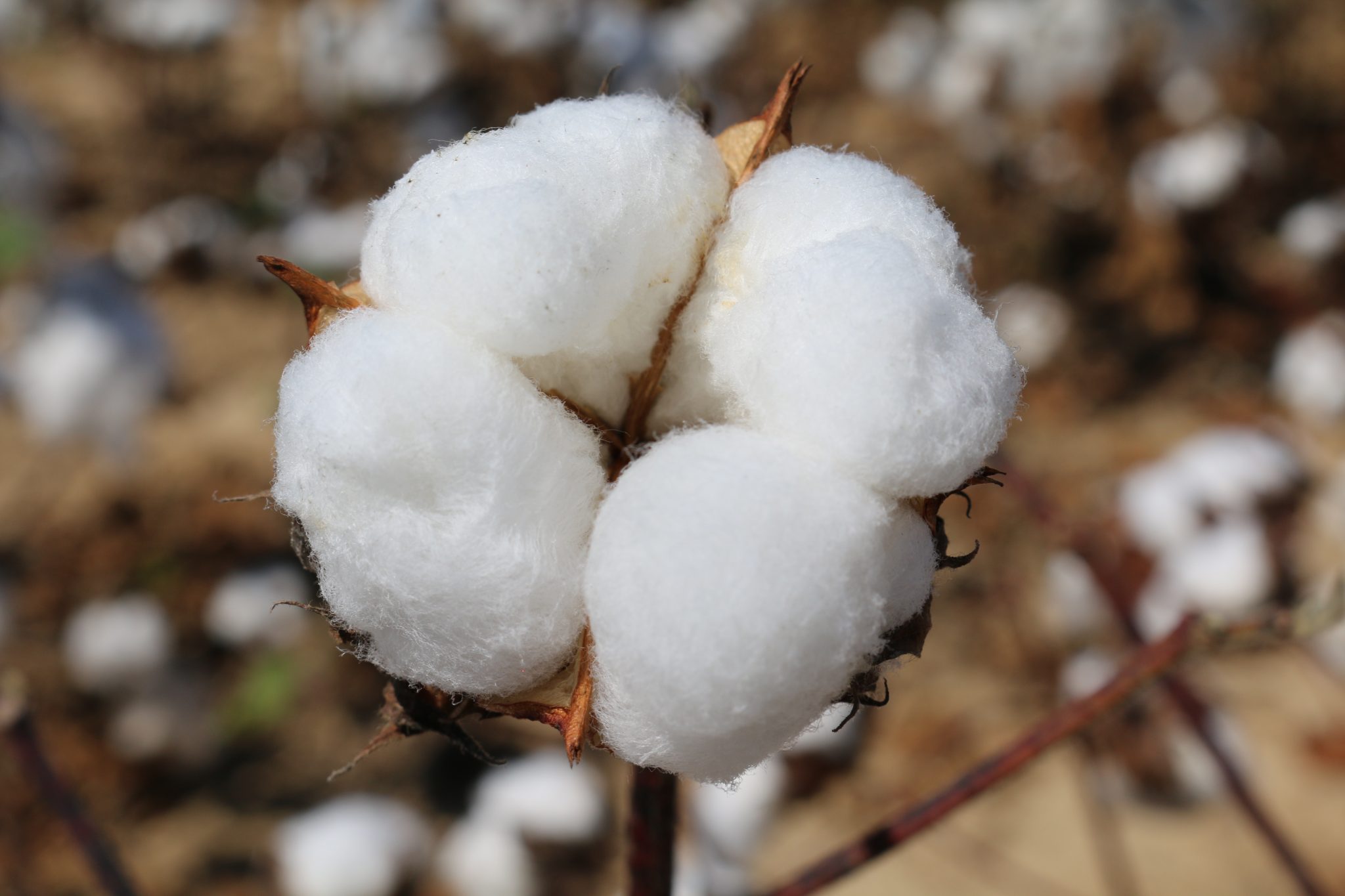Embark on a linguistic and cultural journey as we delve into the world of cotton in Spanish language. From its etymological roots to its profound impact on Spanish-speaking societies, this exploration promises to unravel the fascinating tapestry of cotton’s significance.
The cultivation, production, and myriad uses of cotton have left an indelible mark on Spanish-speaking regions, shaping traditions, industries, and artistic expressions. Join us as we navigate the rich history, cultural nuances, and linguistic diversity surrounding cotton in the Spanish-speaking world.
Etymology and Historical Usage of ‘Cotton’ in Spanish

The Spanish word for cotton, “algodón,” is derived from the Arabic word “al-qutun,” which in turn comes from the Sanskrit word “karpāsa.” Cotton has been cultivated in Spain since at least the 8th century, and its use is well-documented in historical texts.
For example, the “Cantar de Mio Cid,” an epic poem from the 12th century, mentions cotton as a valuable commodity.
Cultural Significance of Cotton in Spanish-Speaking Regions
Cotton has played an important role in the cultures of Spanish-speaking regions for centuries. In the Americas, cotton was a major crop for indigenous peoples before the arrival of Europeans. After the Spanish conquest, cotton production expanded rapidly, and it became a key part of the colonial economy.
Today, cotton is still an important crop in many Spanish-speaking countries, and it is used to make a variety of products, including clothing, bedding, and upholstery.
Cultivation and Production of Cotton in Spanish-Speaking Countries
Cotton cultivation is a significant agricultural activity in several Spanish-speaking countries, contributing to their economies and providing livelihoods for many farmers. Major cotton-producing regions include Mexico, Argentina, Colombia, Peru, and Paraguay.
The cultivation process involves several stages:
- Planting:Cotton seeds are planted in rows, typically in spring or early summer.
- Growing:The plants require ample sunlight, water, and nutrients to grow and produce bolls, which contain the cotton fibers.
- Harvesting:Once the bolls mature, they are mechanically harvested using specialized machinery.
- Processing:The harvested cotton undergoes processing to remove impurities, such as leaves and stems, and to separate the fibers from the seeds.
Cotton production has both economic and environmental impacts. It generates income for farmers and supports industries related to cotton processing and manufacturing. However, it can also lead to environmental concerns, such as water consumption, pesticide use, and soil degradation if not managed sustainably.
Uses and Applications of Cotton in Spanish Culture
Cotton has played a significant role in Spanish culture for centuries, with its versatility extending beyond textiles and clothing. It has been widely used in traditional crafts, textiles, and fashion design.
Textiles and Clothing
Cotton is renowned for its breathability, comfort, and durability, making it an ideal choice for a wide range of textiles and clothing. In Spanish-speaking countries, cotton is commonly used to create traditional garments such as the “guayabera” shirt, a lightweight and comfortable button-down shirt worn by men.
Cotton is also used in the production of shawls, blankets, and other textiles for home décor.
Traditional Crafts, Cotton in spanish language
Cotton has been an integral part of traditional crafts in Spanish-speaking countries. It is used in the creation of intricate embroidery, such as the “bordado mexicano,” a vibrant and colorful embroidery style. Cotton is also employed in the production of macrame, a knotting technique used to create decorative items such as wall hangings and plant hangers.
Fashion and Design
In the realm of fashion and design, cotton is highly valued for its versatility and ability to adapt to various styles. Spanish designers have incorporated cotton into contemporary fashion collections, showcasing its adaptability and timelessness. Cotton garments are often featured in both casual and formal wear, ranging from everyday clothing to elegant evening gowns.
Cotton in Spanish Literature and Art: Cotton In Spanish Language

Cotton, with its soft and versatile nature, has inspired countless artists and writers throughout Spanish history.
Literature
Cotton has been woven into the fabric of Spanish literature for centuries. In Miguel de Cervantes’s masterpiece “Don Quixote,” the titular character’s loyal companion, Sancho Panza, is often depicted wearing cotton clothing, reflecting his humble origins. In Federico García Lorca’s surrealist play “Blood Wedding,” cotton is used as a symbol of purity and innocence, contrasting with the violence and passion that permeates the story.
Cotton and the Spanish Language

The Spanish language, with its rich tapestry of dialects and regional variations, exhibits a diverse array of words for cotton. This linguistic diversity reflects the profound cultural and historical significance of cotton in Spanish-speaking communities.
Regional Variations in Cotton Terminology
The following table provides a comparative overview of the different words for cotton in various Spanish dialects:
| Dialect | Word for Cotton |
|---|---|
| Castilian Spanish | Algodón |
| Mexican Spanish | Algodón |
| Colombian Spanish | Algodón |
| Peruvian Spanish | Algodón |
| Argentinian Spanish | Algodón |
| Chilean Spanish | Algodón |
| Bolivian Spanish | Algodón |
| Ecuadorean Spanish | Algodón |
| Venezuelan Spanish | Algodón |
| Dominican Spanish | Algodón |
| Puerto Rican Spanish | Algodón |
While “algodón” remains the most prevalent term for cotton across Spanish dialects, regional variations exist in the pronunciation and usage of related terms. For example, in some regions of Spain, the word “guata” is used to refer to cotton batting, while in other areas, the term “borra” is employed.
Linguistic and Cultural Implications
The linguistic diversity associated with cotton terminology in Spanish reflects the profound cultural and historical significance of this fiber in different regions. The widespread use of “algodón” as the primary word for cotton highlights its importance as a key agricultural commodity and cultural symbol.
Regional variations, such as the use of “guata” and “borra,” provide insights into local traditions and manufacturing practices.
Wrap-Up
In conclusion, our exploration of cotton in Spanish language has illuminated its multifaceted nature, encompassing etymology, cultivation, cultural significance, and linguistic variations. Cotton has woven itself into the fabric of Spanish-speaking societies, leaving a lasting legacy that continues to inspire and intrigue.
As we bid farewell to this linguistic and cultural exploration, we encourage you to continue unraveling the threads that connect cotton to the Spanish language and its diverse cultures.
FAQ Overview
What is the origin of the Spanish word for cotton, “algodón”?
The word “algodón” is derived from the Arabic word “al-quṭn,” which means “the cotton plant.”
In which Spanish-speaking countries is cotton primarily cultivated?
Major cotton-producing regions in Spanish-speaking countries include Mexico, Argentina, Peru, and Colombia.
How is cotton used in Spanish culture?
Cotton is widely used in Spanish-speaking countries for textiles, clothing, home furnishings, and various other products.
Can you provide an example of how cotton is referenced in Spanish literature?
In the novel “Don Quixote” by Miguel de Cervantes, cotton is mentioned as a material used for clothing and bedding.